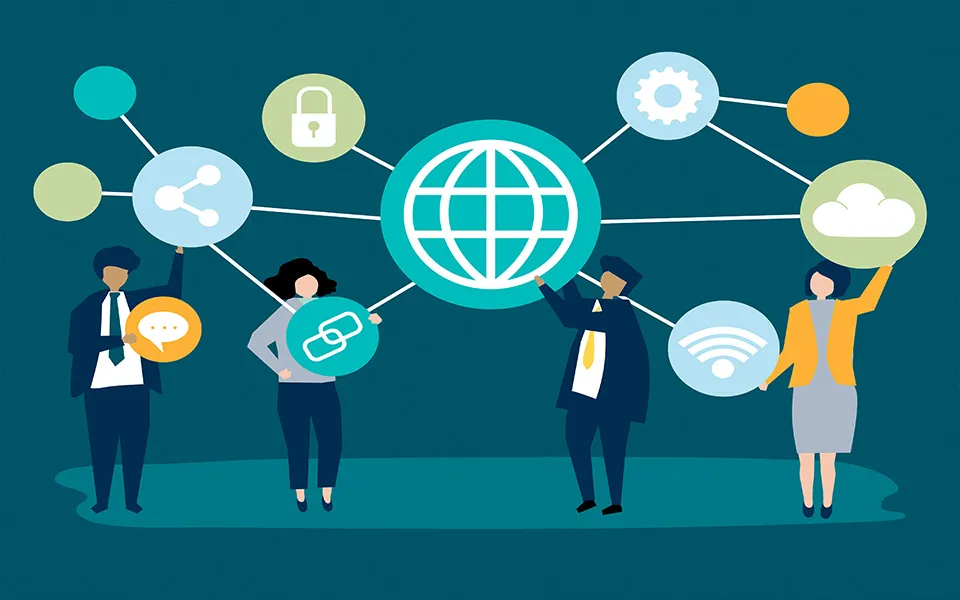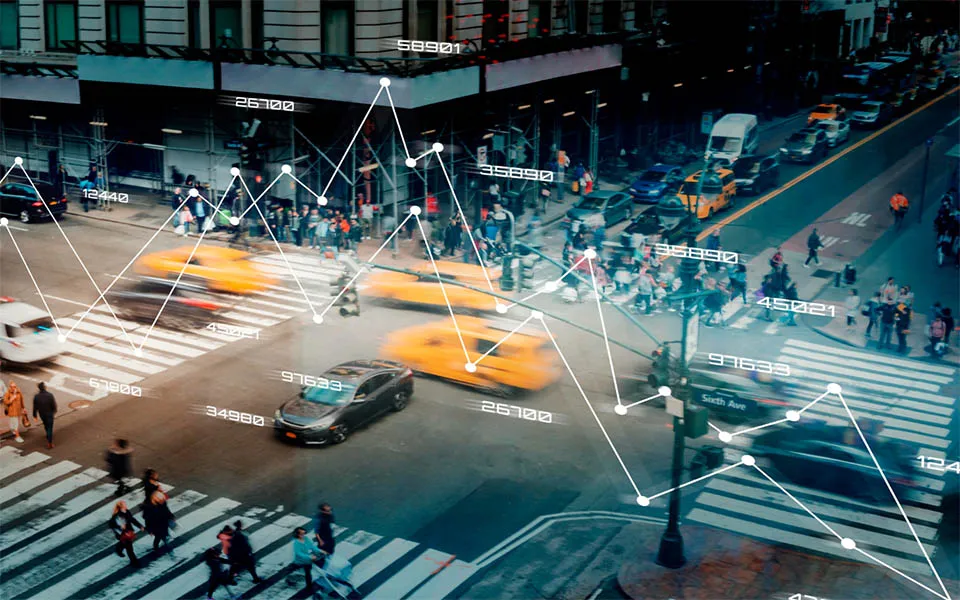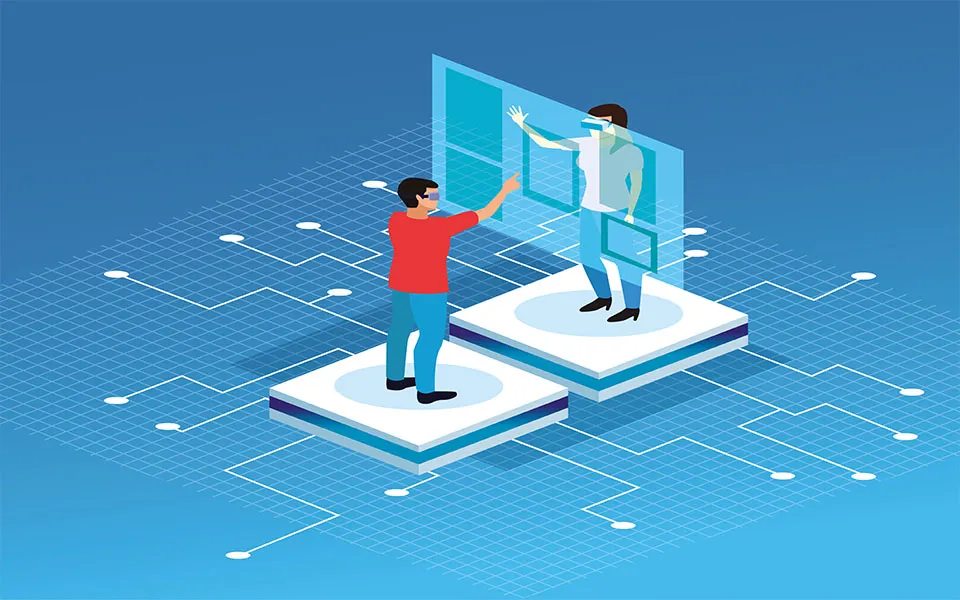Difference Between CPEs vs WIFI Routers
Different types of Internet Connections
There are two main types of internet connections
- Wired internet connection
- Wireless internet connection
Wired internet connections
There are two main types of wired internet connections.
Digital Subscriber Line (DSL): A dedicated copper wire that reaches customer home and is used to connect to the internet. Due to its copper nature, it has high resistance and higher data loss resulting in slower speeds. It may have further sub types.
Fiber to Home (FTTH): A dedicated fiber optic line that reaches the customers home and uses light to transmit signals. This method has very low resistance and very low data loss.
Wireless Internet Connections
There are two main types of wireless internet connections.
Fixed Wireless Connection: This type of internet connections is a wireless connection between two fixed locations, usually between the internet providers location or tower and customer’s premises.
Cellular Wireless Connection: This type of internet is used by cellular service providers and is used between a fixed location, usually a cellular tower and a mobile receiver . 4G and 5G fall under this category.



Different types of Local networks
On the other hand, the customers premises usually has two types of networks;
Wired Local Area Network (LAN) i.e., network of wires in the whole building
Wireless Local Area Network (WLAN) i.e., generally WIFI signals spread throughout the building.
What are Modems?
Both these types of networks require a translator or convertor device for effective communication these devices are called modems.
What are Routers?
Routers are devices that manage the local network and facilitate communication between devices within the network. They are typically connected to a modem to distribute the internet connection effectively, whether it is a LAN or WLAN. Without a modem, routers cannot communicate with the internet.
What are CPEs
CPE stands for Customer Premises Equipment and is a term used to refer to any telecommunications or IT hardware that is located on a customer’s property. CPE communication devices are located on the customer’s premises and are responsible for converting the internet connection into a local network that can be used by the customer. This can include DSL to LAN or WLAN, as well as 5G to LAN and WLAN.
What is a WIFI Routers
WIFI routers are connected to modems and are responsible for converting the internet connection into WLAN or WIFI signals.
Advantages of CPE Devices
CPEs have some very distinct advantages over other devices
- One device instead of two or multiple
- Wider Coverage
- More devices connected at the same time
- Higher Speeds
- Lower OPEX and CAPEX
- Easy Installation
- Security
Advantages of 5G CPE Devices
Here are several advantages of 5G CPEs over WIFI routers:
One Device Instead of Two or Multiple:
CPE devices integrate several functions into one device, such as a modem, router, reducing the need for multiple devices. This simplifies installation and management, and reduces the amount of space required.
Wider Coverage:
CPE devices can provide wider coverage than other devices, such as routers. They are designed to receive and transmit signals over longer distances, and can often provide coverage to areas that are not reached by other devices.
More Devices Connected at the Same Time:
CPE devices are designed to support multiple users and devices simultaneously. They can provide high-speed internet connectivity to multiple devices, including smartphones, tablets, laptops, and IoT devices.
Higher Speeds:
CPE devices can provide higher speeds and lower latency compared to other devices. They are designed to take advantage of the latest network technologies, such as 5G, which can provide multi-gigabit per second (Gbps) speeds and lower latency.
Lower OPEX and CAPEX: CPE devices can be a cost-effective solution for providing high-speed internet connectivity. They can reduce the need for expensive infrastructure, such as fiber optic cables, and can be deployed quickly and easily.
Easy Installation:
5G CPEs are easy to install and set up. They do not require any wiring or drilling, which can be time-consuming and expensive with fixed-line connections. This makes them a cost-effective solution for users who need high-speed internet access without the need for complex infrastructure.
Security:
5G CPEs can provide enhanced security features such as encryption, authentication, and access control. These features can help protect against cyber threats such as hacking and malware.
Overall, 5G CPEs can provide faster, more reliable, and more secure internet connectivity than WiFi routers. They are also more flexible and mobile, which makes them ideal for users who require high-speed internet access in a variety of locations.
CPE Devices
Horizon Powered has a wide range of CPE devices and 5G CPEs with excellent after sales support and technical expertise.
These are excellent outdoor CPEs for commercial use like office buildings, arenas, industries, malls and educational institutes.








